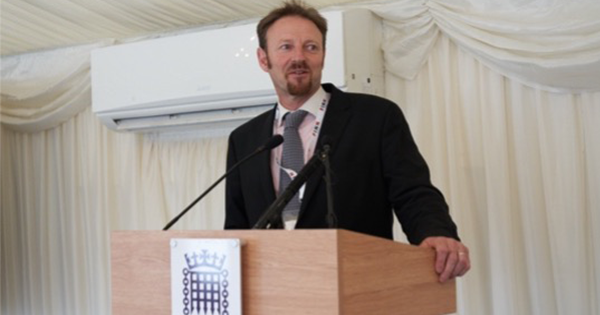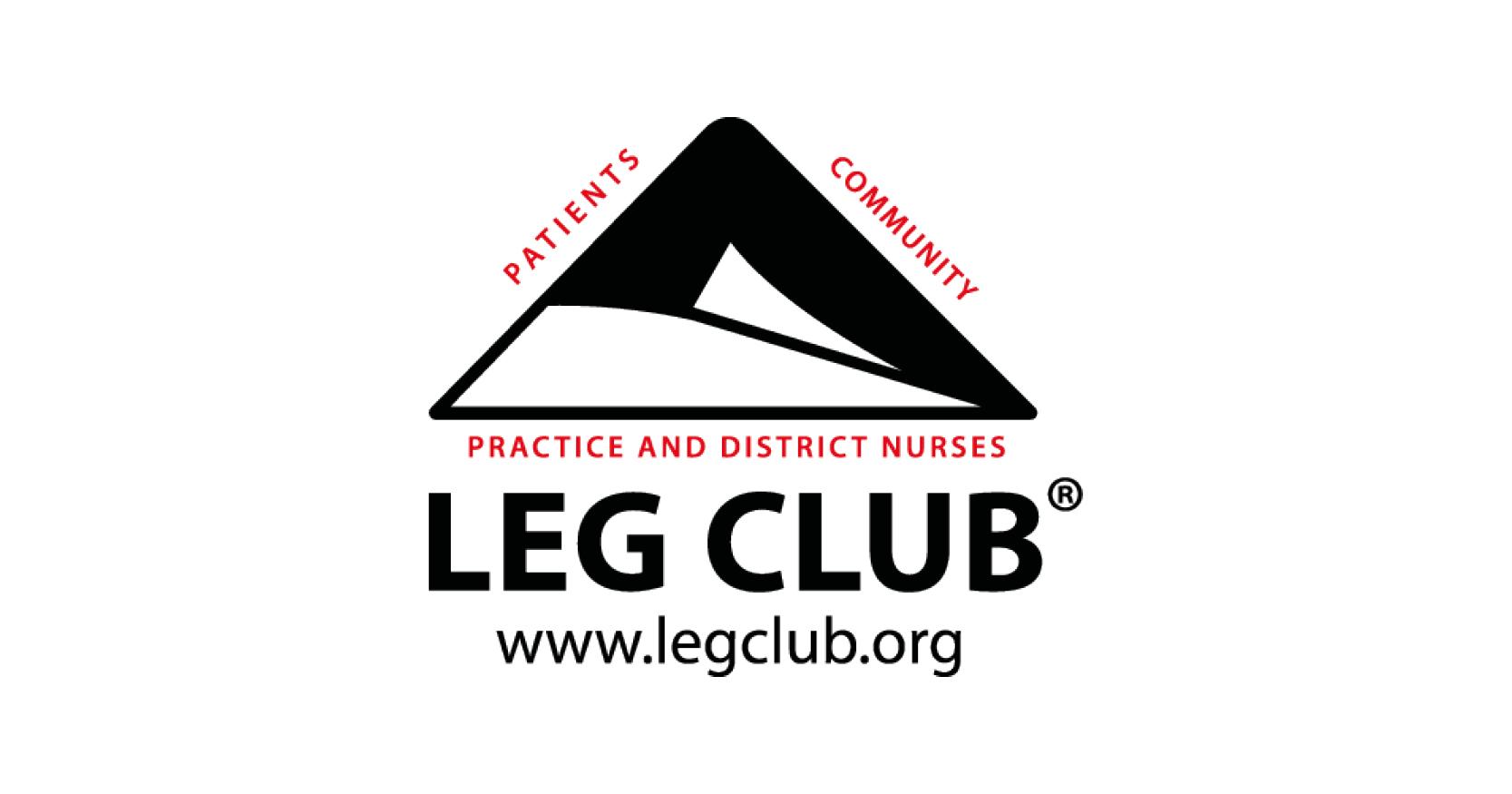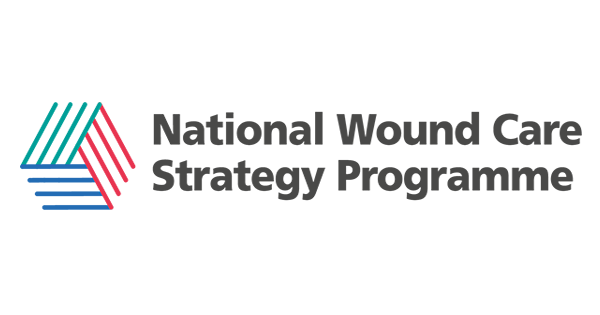Lower limb and leg ulcer-related conditions have long been neglected in primary care settings, resulting in significant suffering and a hidden epidemic.
In 2017/18, the NHS managed 3.8 million patients with wounds, incurring an estimated annual cost of £8.3 billion (Guest et al, 2020). There were 1 million ulcers of the lower limb, accounting for 2% of the adult population. Alarmingly, only 16% of individuals with a lower limb ulcer had a Doppler ankle brachial pressure index recorded in their medical records, and 25% of all wounds lacked a recorded differential diagnosis. This lack of information leads to suboptimal care and treatment decisions based on an insufficient understanding of the underlying cause of the problem.
The absence of a definitive care decision can lead to a delay in patients receiving appropriate treatment, thereby prolonging discomfort and ultimately increasing costs to the NHS. Moreover, the current state of inconsistent referral pathways based on postcodes within the UK and beyond is unacceptable, as it directly impacts patients’ treatment. This disregard for patient concerns and priorities necessitates immediate action.
Ellie Lindsay OBE, a former district nurse and founder of the Lindsay Leg Club Model of Lower Limb Care (1995) and the Foundation charity (2005) has independently launched a petition advocating for addressing the disparity of the postcode lottery to improve care and diagnosis for individuals with leg ulcers and lower limb conditions in the UK.
The ‘Enough is Enough’ petition brings attention to the hidden epidemic and encourages individuals to support the call for parity of care through six simple and achievable steps:
- Establishing an NHS lower limb and leg ulcer related conditions strategy: This should include an evidence-based approach to assessment, diagnosis, treatment and monitoring of lower limb and leg ulcer related conditions
- Creating a lower limb and leg ulcer related conditions task force: The task force should be made up of experts from a range of disciplines, including clinical practice, public health, nursing, research and industry. It should be responsible for developing and implementing a national strategy for leg ulcer and lower limb conditions
- Establishing a lower limb and leg ulcer related conditions registry: A registry should be established to collect data on lower limb and leg ulcer related conditions, including epidemiology, diagnosis, treatment, patient outcomes and cost-effectiveness
- Working smarter in the community and with telemedicine: Community nurses should be given extra resources and training to provide quality care for lower limb and leg ulcer related conditions in the community. Telemedicine should also be used to help with rapid diagnosis and treatment, as well as to provide long-term monitoring of patients
- Increasing public awareness and education: Public awareness campaigns should be launched by the NHS to raise awareness of lower limb and leg ulcer related conditions and encourage early diagnosis and treatment. Education should also be provided to health professionals to increase their knowledge and understanding of the condition
- Increasing research and innovation: More research is needed to understand the causes of lower limb and leg ulcer related conditions and to develop new treatments, technologies, and approaches to managing these conditions.
Sub-optimal treatment has got to stop. With your help, it can. If you would like to support the petition and join hundreds of like-minded individuals, we urge you to add your name to the petition by visiting the Leg Club website at https://www.legclub.org/manifesto.
Additionally, by visiting the Leg Club website, you can access the full manifesto, gaining deeper insights into their mission and the practical steps that can be taken. Together, we can make a meaningful impact and ensure better care for all.





